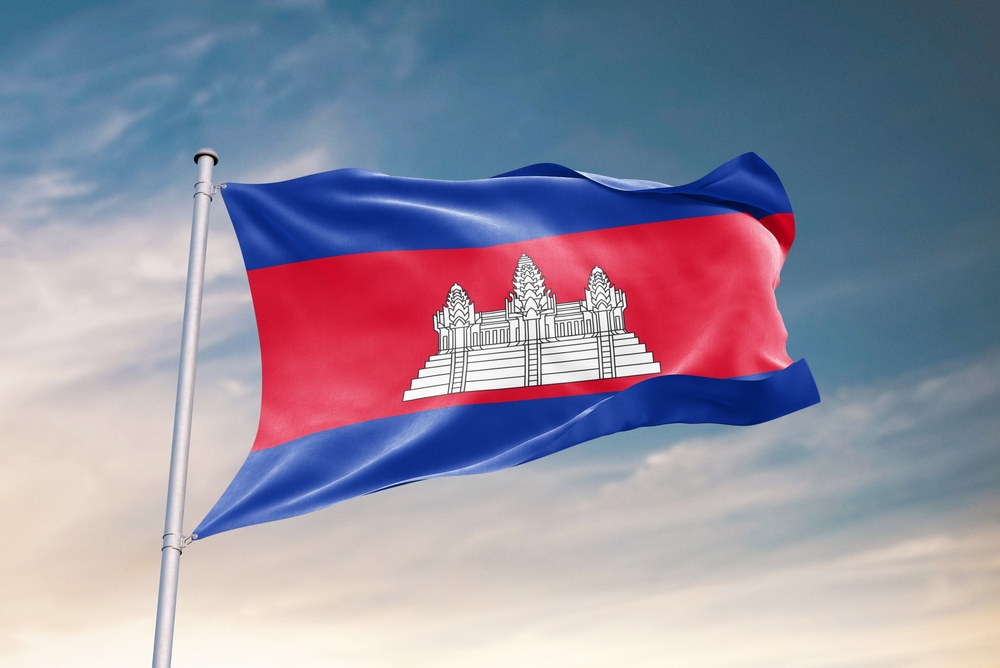Ski touring, also known as backcountry skiing or alpine touring, is a thrilling outdoor adventure that combines the exhilaration of downhill skiing with the serenity of backcountry exploration. In this comprehensive guide, we’ll dive into the captivating world of ski touring, exploring its origins, equipment essentials, techniques, safety measures, and the unforgettable experiences it offers to outdoor enthusiasts seeking adventure in the mountains.
History of Ski Touring:
The roots of ski touring can be traced back to ancient civilizations such as the Norse and the Sami people of Scandinavia, who used skis for transportation and hunting in snow-covered landscapes. Ski touring as a recreational activity gained popularity in the early 20th century with the development of lightweight touring equipment and the establishment of alpine clubs and ski touring associations. Since then, ski touring has evolved into a diverse and dynamic sport, with participants exploring remote wilderness areas, ascending challenging peaks, and carving turns in untouched powder.
Equipment Essentials:
Key to the adventure of ski touring is the specialized equipment required to navigate through varied terrain and snow conditions. A typical ski touring setup includes skis with touring bindings, climbing skins, ski boots with a walk mode, adjustable ski poles, a backpack containing essential supplies, avalanche safety gear such as a transceiver, shovel, and probe, and clothing suitable for cold and variable weather conditions. Touring skis are designed to be lightweight and versatile, with rocker profiles and wide waists for floatation in powder and stability on variable terrain. Climbing skins attach to the base of the skis to provide traction for ascending slopes, while touring bindings allow for free heel movement and efficient uphill travel. Ski boots with a walk mode offer comfort and flexibility for hiking uphill and skiing downhill, while avalanche safety gear provides essential protection against the risk of avalanches in backcountry terrain.
Techniques and Skills:
Successful ski touring requires a combination of physical fitness, technical skill, and mountain awareness. Participants must be proficient in techniques such as skinning uphill, kick-turning on steep slopes, and downhill skiing in a variety of snow conditions. Efficient skinning technique involves maintaining a steady rhythm and conserving energy while ascending slopes, using a combination of short, quick steps and gliding motions to propel forward. Kick-turns enable skiers to change direction on steep terrain, requiring precise footwork and weight distribution to maintain balance. Downhill skiing techniques vary depending on snow conditions, with skiers employing techniques such as carving turns, making jump turns, and skiing with a backpack for added stability and control.
Safety Measures:
Safety is paramount in ski touring, with participants and groups taking precautions to minimize risks and ensure a safe and enjoyable experience in the backcountry. Before embarking on a ski tour, participants should check avalanche forecasts, weather conditions, and terrain features to assess the risk of avalanches and other hazards. Carrying essential avalanche safety gear such as a transceiver, shovel, and probe, and knowing how to use them effectively is crucial for responding to emergencies and performing avalanche rescue operations. Additionally, skiing with a partner or a group, maintaining proper communication, and adhering to established safety protocols such as staying within sight and earshot of each other, and avoiding terrain traps such as gullies and convex slopes further enhance participant safety and minimize the risk of accidents or injuries.
Types of Ski Tours:
Ski tours come in a variety of forms, ranging from leisurely day trips to multi-day expeditions in remote wilderness areas. Day tours offer participants a chance to explore nearby backcountry terrain, ascend local peaks, and enjoy scenic views of the surrounding landscape. Hut-to-hut tours involve skiing between mountain huts or backcountry lodges, where participants can rest, refuel, and spend the night before continuing their journey. Multi-day expeditions traverse expansive wilderness areas, crossing mountain ranges, and exploring remote valleys, where participants can experience the solitude and beauty of the backcountry while testing their skills and endurance.
Unforgettable Experiences:
Ski touring offers participants a unique opportunity to connect with nature, challenge themselves, and explore the beauty and serenity of remote mountain landscapes. From skinning uphill through silent forests to skiing down steep couloirs and powder-filled bowls, each ski tour is filled with moments of exhilaration, adventure, and awe-inspiring beauty. Participants may encounter wildlife such as elk, deer, or mountain goats as they journey through pristine wilderness areas, and witness breathtaking sunrises and sunsets from high mountain peaks. Whether skiing with friends at a local ski area or embarking on an epic backcountry adventure, ski touring invites participants to embrace the spirit of exploration, discovery, and camaraderie in the mountains.
Ski touring is a dynamic and rewarding adventure sport that offers participants a chance to escape the crowds, explore remote wilderness areas, and experience the freedom and serenity of the mountains in a whole new way. As skiers ascend steep slopes, carve turns in untouched powder, and navigate through rugged terrain, they embark on a journey of self-discovery, camaraderie, and personal growth. So grab your skis, pack your backpack, and get ready to embrace the thrill of ski touring as you explore the backcountry and make memories that will last a lifetime.



